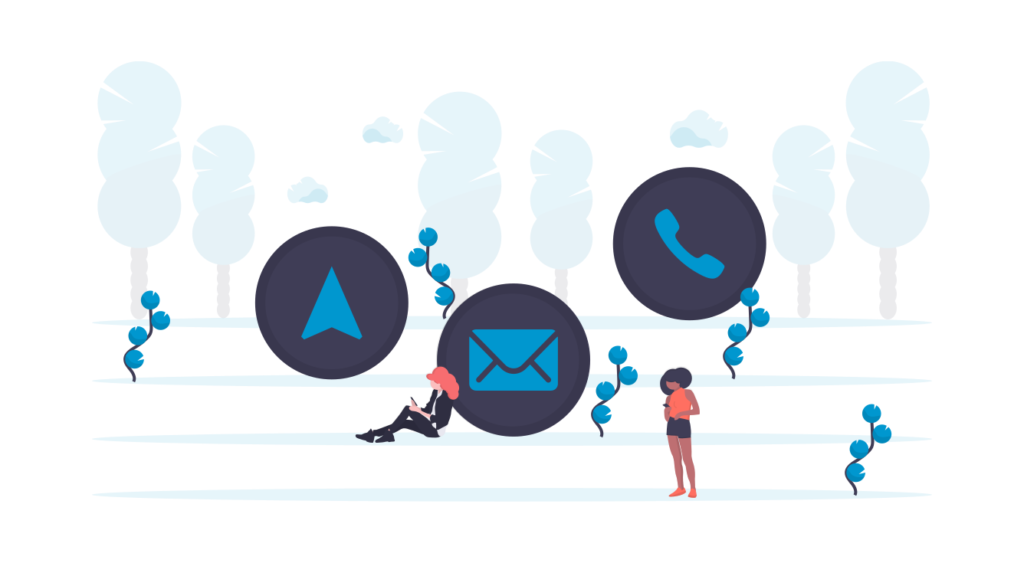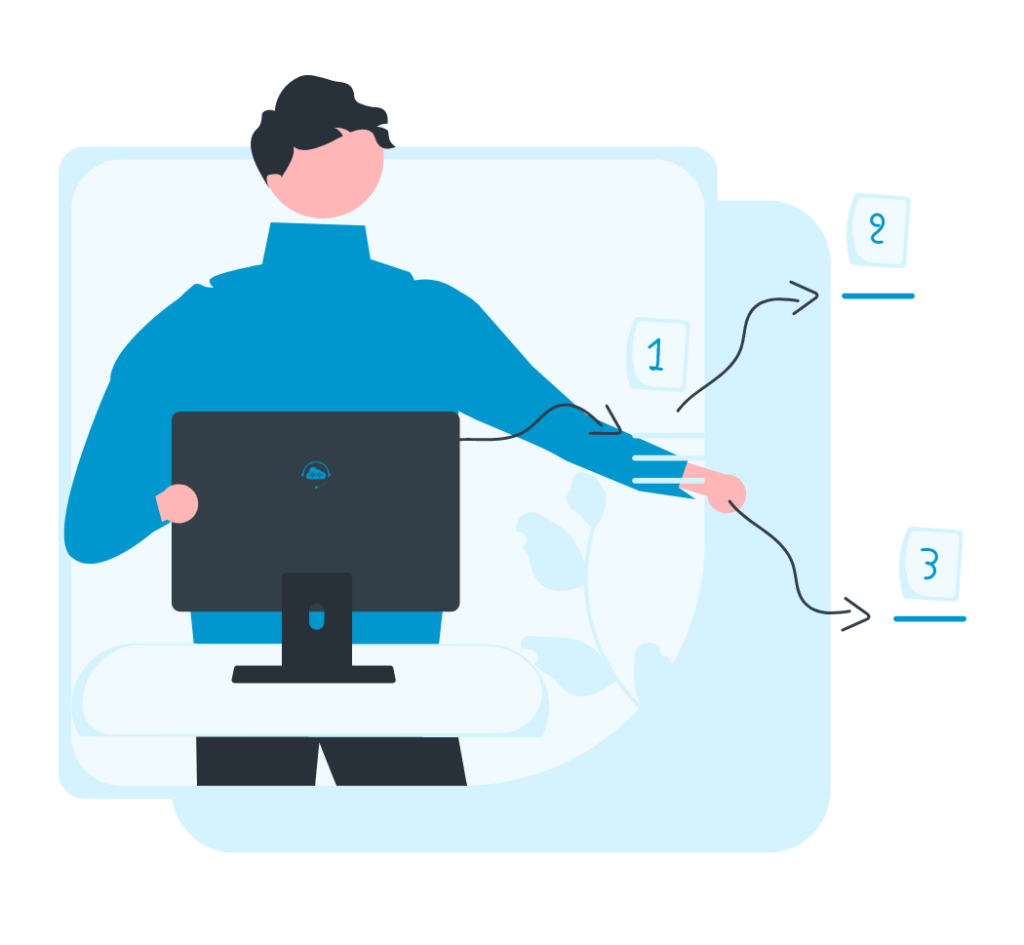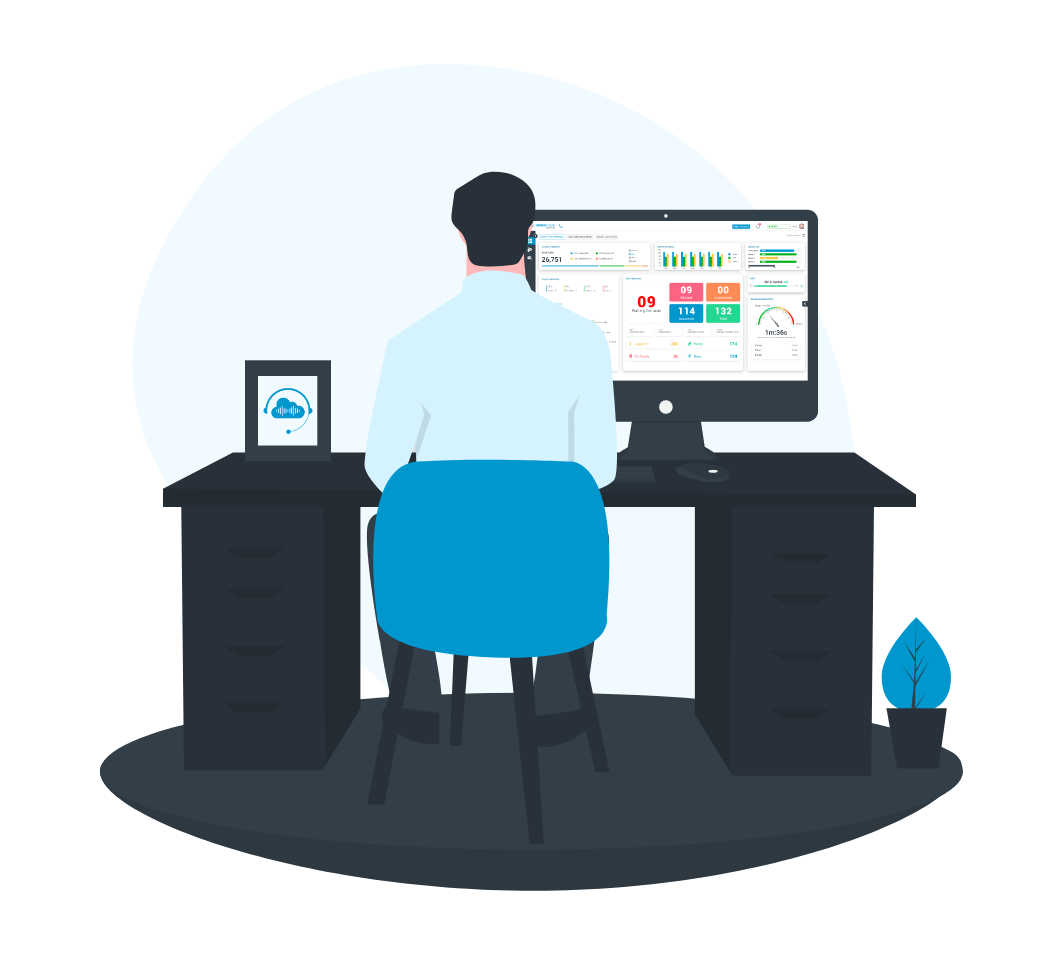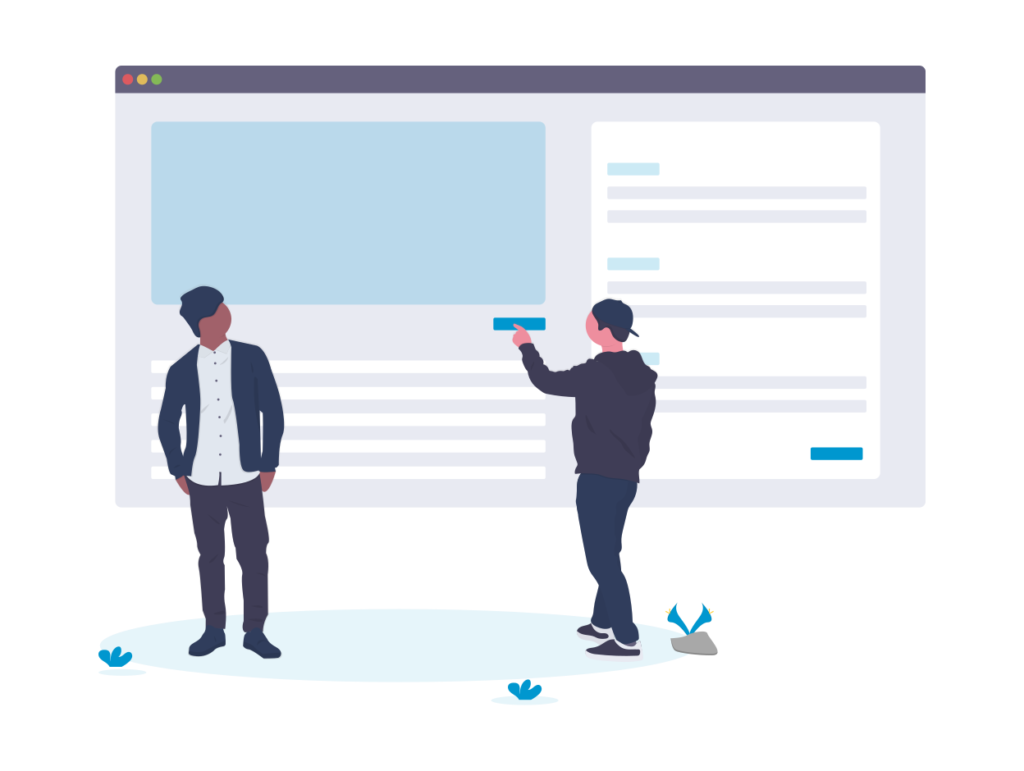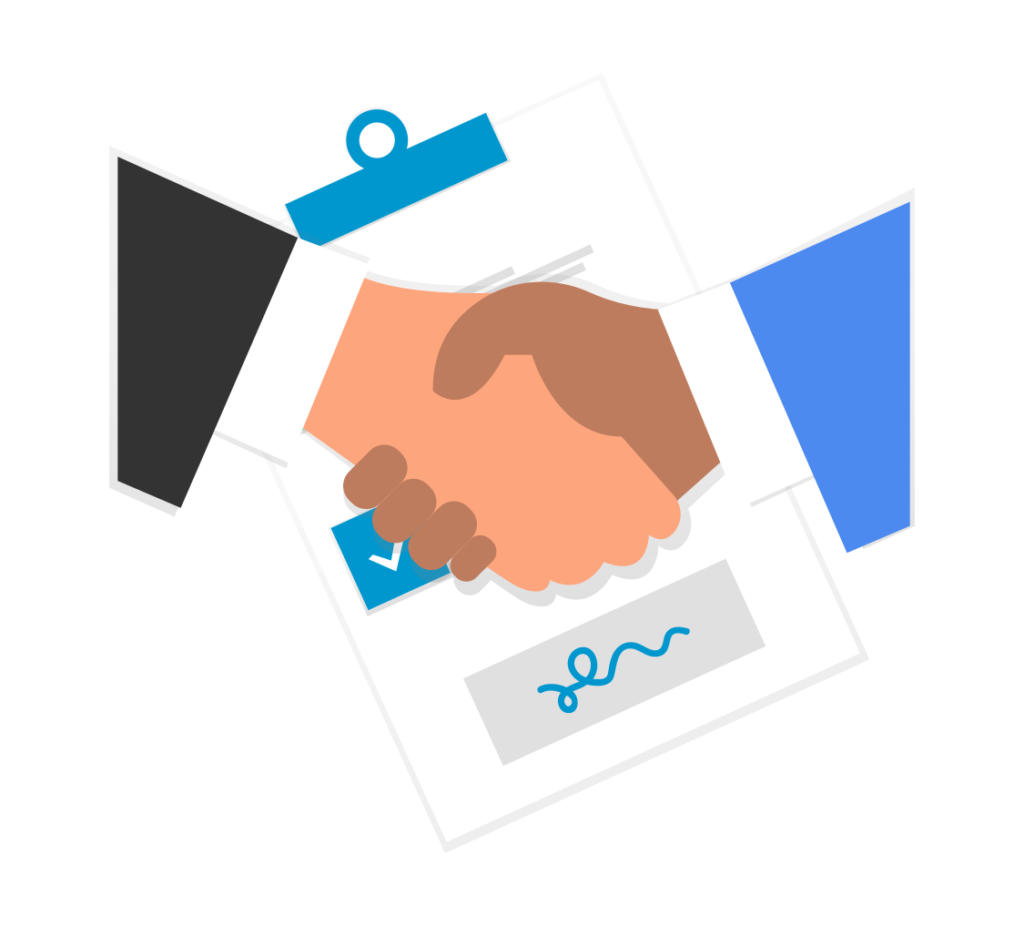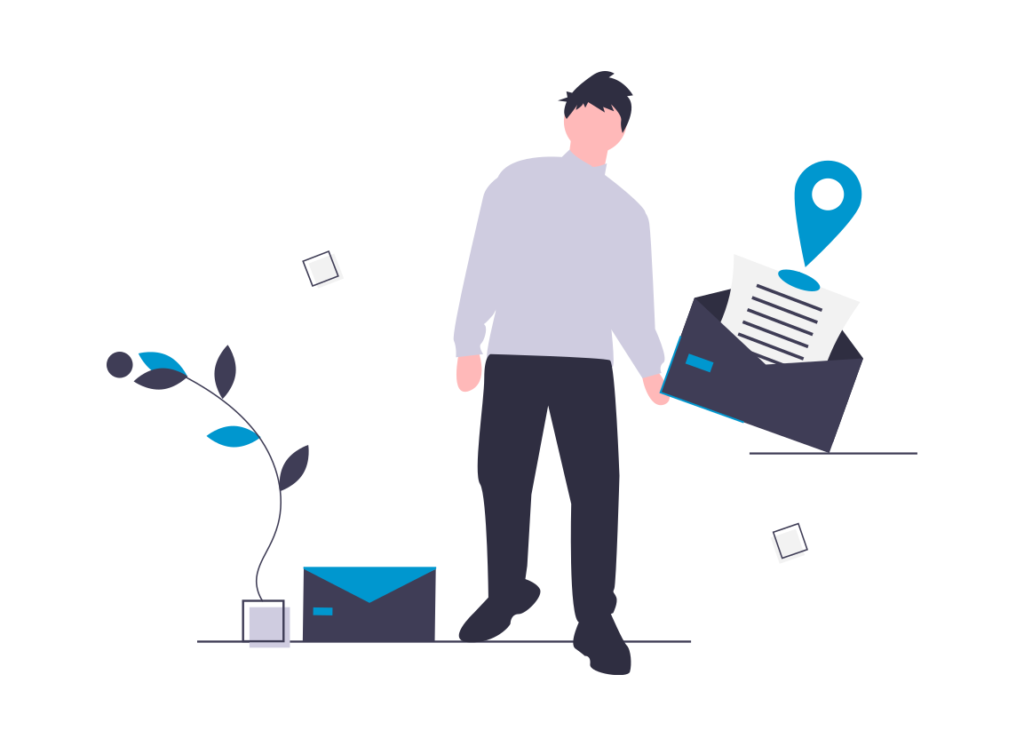Octalysis-based gamification – re-engage your agents in a hybrid working environment
Agent engagement
Traditional methods of engaging and motivating contact centre staff no longer work in a hybrid working environment. Agents are no longer physically grouped reducing the effectiveness of old methods such as playing background music to build an energetic atmosphere on the calling floor.
On-site recognition even ts such as agents ringing a bell when making a sale to the applause of their colleagues, gives agents an emotional reward for achieving targets. Competitions are organized for agents to compete in achieving KPI targets for recognition and material incentives. All this coupled with the total elimination of human interaction during breaks and between calls to build camaraderie and team spirit. Also because agents are not sat together it’s very difficult to make them accountable for their peers for activity and effort.
ts such as agents ringing a bell when making a sale to the applause of their colleagues, gives agents an emotional reward for achieving targets. Competitions are organized for agents to compete in achieving KPI targets for recognition and material incentives. All this coupled with the total elimination of human interaction during breaks and between calls to build camaraderie and team spirit. Also because agents are not sat together it’s very difficult to make them accountable for their peers for activity and effort.
When an agent works at home, they experience none of this. Their life is just the computer and the work. Agent engagement is falling; absenteeism is increasing, as is staff turnover and failing schedule adherence.
On a recent site visit to a large BPO in Scotland, we found that the lack of agent engagement was creating friction between agents and their team leaders because team leaders were having to spend more time observing and enforcing the right agent behaviours rather than developing agent skills and positively motivating them.
So what is the “Octalysis Framework” anyway?
Gamification is the craft of applying the fun elements of games to real-world or productive activities.
Yu Kai Chou, considered to be the father of gamification, developed the “Octalysis Framework” where he identifies 8 motivation areas that gamification can address to improve user engagement.
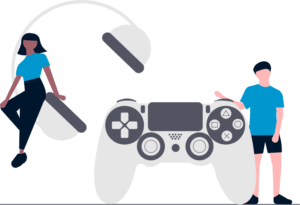
Meaning: Daniel Pink, in his book “Drive”, referred to this as “Purpose”. Employees want to feel that they contribute to something greater than themselves. A team’s KPI performance can be linked to corporate social responsibility initiatives, such as tying charitable contributions to sales performance. Each team nominates their charity; contributions are made in proportion to their performance so that each team competes to take the largest share for “their” charity.
Development & Accomplishment: Daniel Pink refers to this as “Mastery”. Employees want to feel that they are “going somewhere” and overcoming challenges. An agent’s level of “Mastery” can be recognized with awards that are unlocked when she achieves specific KPI targets.
Creativity & Feedback: People learn by trying something and getting instant feedback. Reports can tell agents how they are performing in real-time. If agents are working toward an individual or team goals, they can try various techniques to see the effect on the results.
Ownership & Possession: When people feel like they own something, they are motivated to take care of what they own and improve it. Agents can work to “earn” virtual goods, weapons or tools to take part in a role-playing game.
Social influence & relatedness: This is related to social interaction including mentorship, acceptance, social responses, companionship, competition and envy. Everyone wants and likes recognition and respect. This can be given to both individuals and teams in exchange for hitting individual and team KPI targets.
Scarcity & impatience: People want things they can’t have or have to wait for. Competitions with time limits or where agents or teams race to achieve the target first to collect the prize can stimulate them to achieve targets faster.
Unpredictability & curiosity: Users want to find out what happens next or to solve a mystery. Contact centre work is very predictable. A role-playing game might require the agent to achieve certain KPI related targets to unlock the next chapter or level.
Loss & avoidance: This drive is based on trying to avoid a negative consequence. If agents can achieve targets within the time limit, then they can earn incentives or rewards.
What’s the score?
Every game requires a score. Gamification needs to stimulate and reward the behaviour desired by management. Here are KPIs used to calculate that score, and how they affect agents’ behavior.
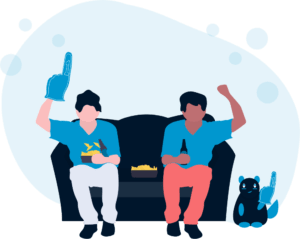
Productivity measures – first contact resolution (FCR), the number of cases closed, average handling time (AHT): These are easy to measure and use to get agents and teams to work faster.
Customer satisfaction – NPS, Customer feedback scores: They incentivize agents to leave customers happy. Agents may also “game the system” by asking customers for high scores, or by granting non-compliant requests to please customers, which cause issues later.
Expertise – scores on training quizzes: All agents need to have extensive product or service knowledge. Gamifying this knowledge is as simple as devising a “pub quiz”, where agents compete to win.
Admin task completion: These are the annoying little jobs which have to be done, but no one enjoys doing them. Where these are tracked on a system, their completion may be recorded against deadlines and staff may be recognized or rewarded for their timely completion.
A word on groups, timescales and focus
Many contact centres concentrate their gamification and motivation efforts on individuals and immediate results.
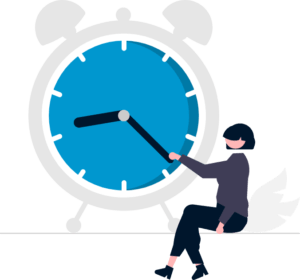
Classic sales competitions recognize top performers, but do nothing to motivate the rest of the team. A team target, where everyone’s performance counts, can bring the newbies and mid-range performers into the game too.
Cultivating team spirit requires collaboration and communication. Using Omningage Agent Connect, remote agents can communicate with each other through a messaging system. This replaces the verbal chat and banter that is part of the experience of working in an on-site contact centre.
Omningage’s customisable leaderboards also promote the satisfaction of competence, relatedness, and autonomy for most users, most of the time. Our leaderboards indicate who performs the best in a certain activity and can boost agent engagement.
Our avatar feature is also a powerful game mechanic as it connects the player intrinsically which promotes ownership so they innately want to improve.
The prize….
 Gamification is more than technology. It is the first step in turning a collection of employees into a community. Contact centres that genuinely achieve this will find their agents have a more positive attitude resulting in improved KPIs, staff retention and a reduction in recruitment and training costs.
Gamification is more than technology. It is the first step in turning a collection of employees into a community. Contact centres that genuinely achieve this will find their agents have a more positive attitude resulting in improved KPIs, staff retention and a reduction in recruitment and training costs.
To discuss your requirements, arrange a demonstration or ask for a proof of concept, please use the below details.



